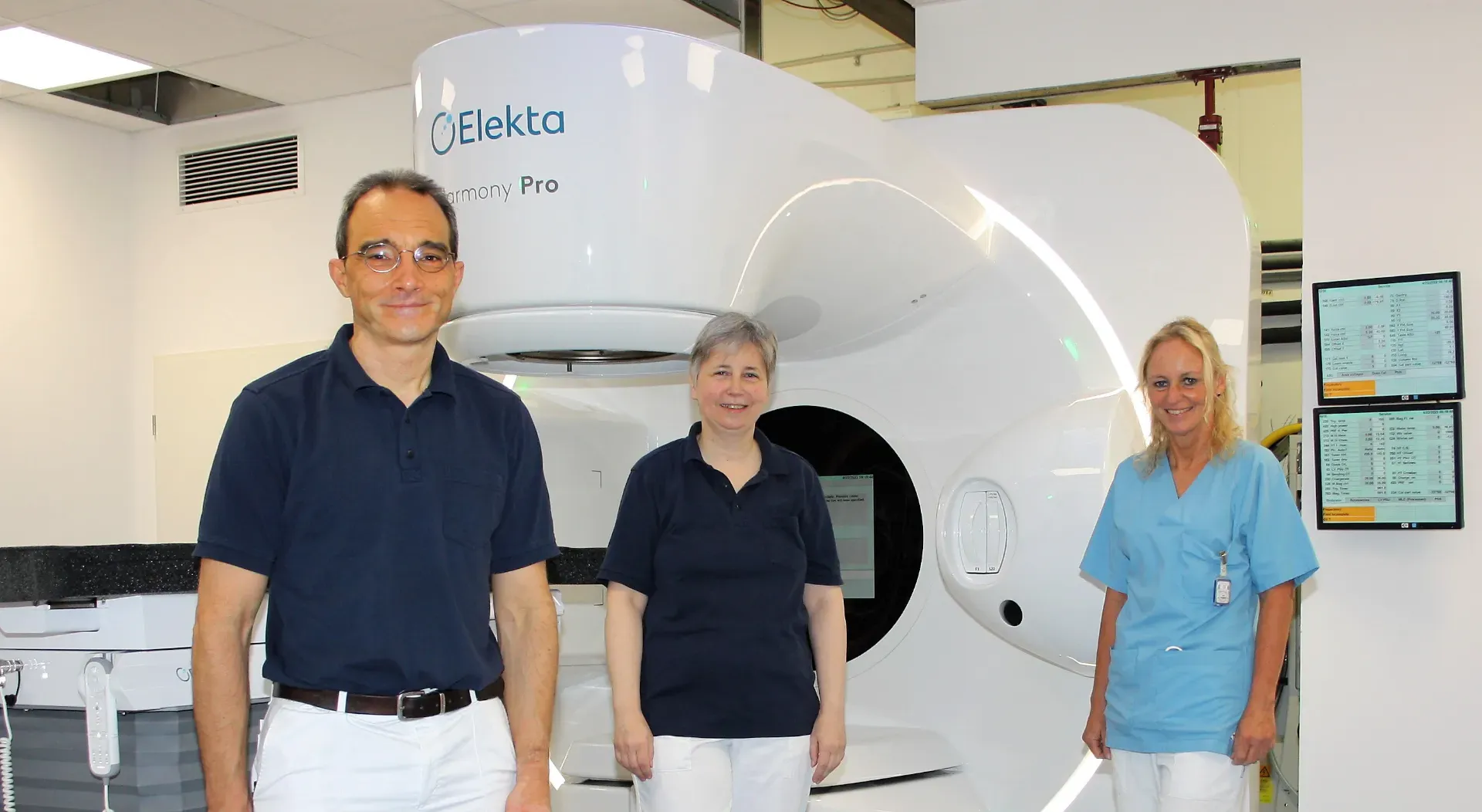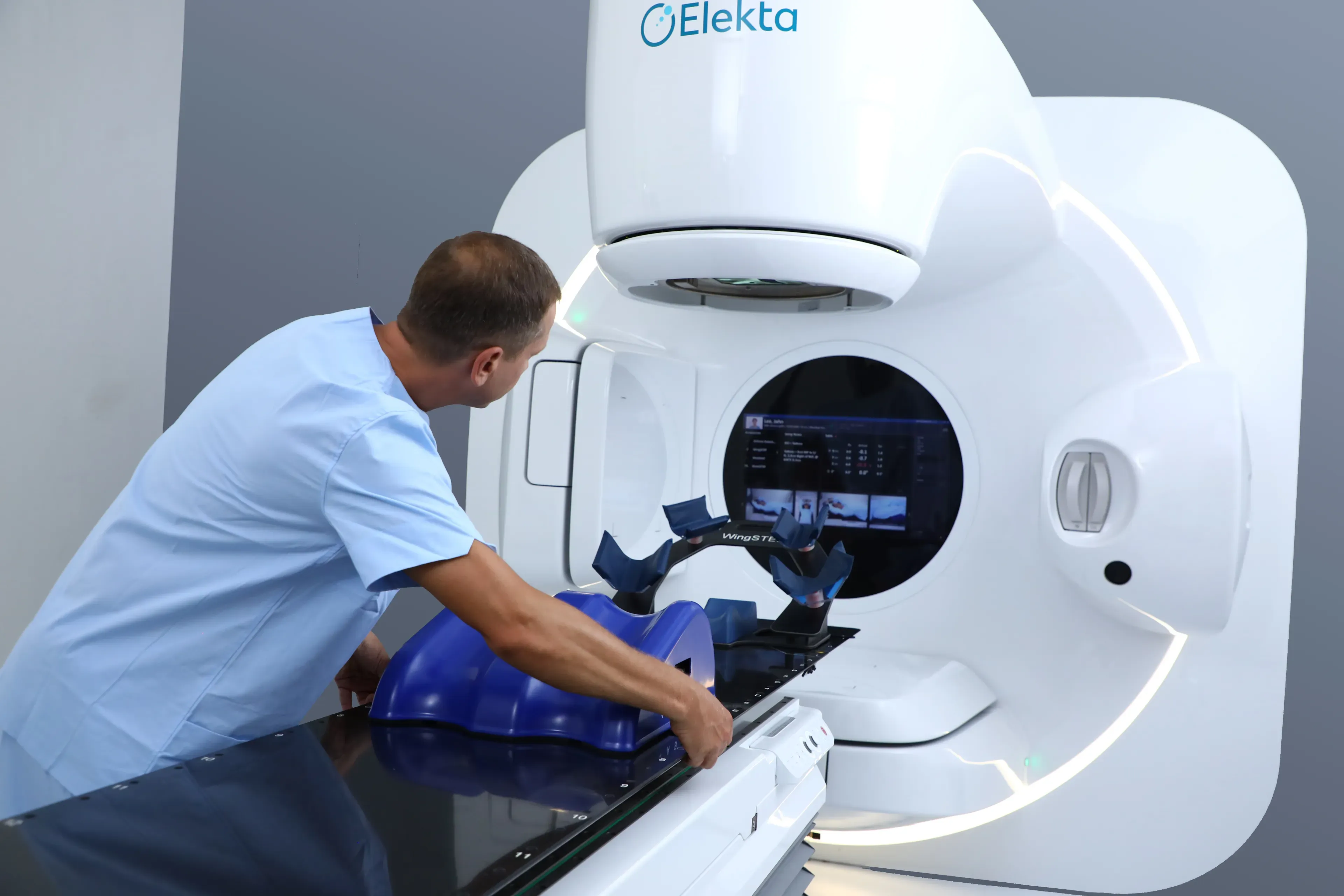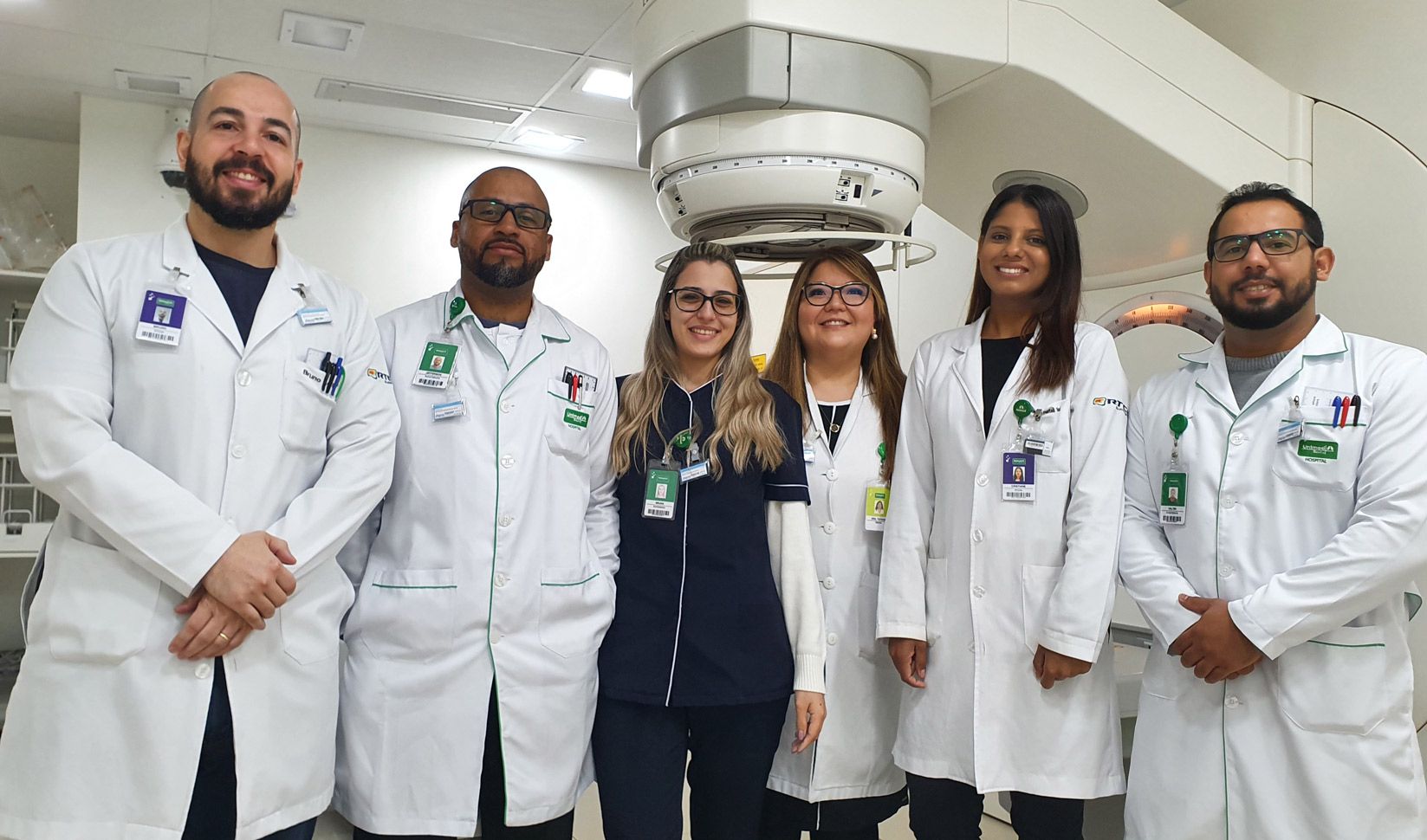Phantom-less QA solution boosts pre-treatment efficiency at Korean medical center

Since May 2022, Korea Institute of Radiological and Medical Sciences has been using EPIbeam EPID-based patient QA software for patient-specific quality assurance

For about 40 patients each week, medical physicists and RTTs at the Korea Institute of Radiological and Medical Sciences (KIRAMS, Seoul, Republic of Korea) have been using Elekta’s EPIbeam* phantom-less QA software to perform pre-treatment, patient-specific QA. KIRAMS staff found that the EPID-based portal dosimetry software was quick to implement and for the last year they have experienced more streamlined pre-treatment verification in comparison to their other QA workflow, which employs a physical phantom.
EPIbeam uses the EPID panel of KIRAMS’ Elekta Infinity™ linac to calculate the dose delivered and does not require the use of a phantom. It automatically compares the delivered dose with the planned dose. Before the patient’s first fraction, EPIbeam ensures correct dose delivery, MLC positioning and machine functions, in addition to the integrity of data transfer.
“Performing pre-radiotherapy verification using the EPID in the treatment room without cumbersome setup procedures is the best solution to save time and overcome staffing limitations.”
“Using a physical phantom is inconvenient for the medical physicist or dosimetrist to cooperate with the RTT to set up physical equipment at a fixed time,” says KIRAMS chief medical physicist Kum Bae Kim, PhD, commenting on the rationale for acquiring EPIbeam. “Performing pre-radiotherapy verification using the EPID in the treatment room without cumbersome setup procedures is the best solution to save time and overcome staffing limitations.
“For the two percent of cases in which the treatment area exceeds the EPID size and the portal dosimetric QA results are outside of our gamma criteria,” he continues, “our department uses the PTW Octavius Phantom with the PTW729 array detector.”
EPIbeam was installed in KIRAMS’ radiation oncology department in May 2022, and the implementation process – including beam modeling, validation and user training – took 30 days and was carried out by the medical physics team.
“The beam data validation process of the Monaco® treatment planning system was very important,” Dr. Kim notes. “In KIRAMS’ case, it was applied for the first time using the Accelerated Go Live [AGL] commissioning process recommended by Elekta, which involves setting up the machine output to known beam parameters. The result of AGL was very good and we are satisfied with the QA outcome.”
Head-to-head comparison
Five months after the center began using EPIbeam, a team of KIRAMS researchers, working with investigators from several other Korean institutions, published a study that evaluated the efficacy of the EPID-based patient-specific QA tool versus the PTW729 detector, based on gamma criteria and planning target volume for IMRT and VMAT plans.1
“The gamma passing rate of EPIbeam was higher than that of PTW729 at 3 mm/3% with a statistically significant difference.”
The authors concluded: “The gamma passing rate of EPIbeam was higher than that of PTW729 at 3 mm/3% with a statistically significant difference. Moreover, a significant difference was also observed when the PTV was greater than 150 cm3.” They also noted that EPIbeam has a short setup time, reduced volume average effect and high spatial resolution.
Straightforward EPIbeam workflow
In the KIRAMS radiotherapy department, when an IMRT/VMAT treatment plan is completed in Monaco, plan data are automatically exported to the EPIbeam database, and the RTT performs pre-treatment verification using the EPID and EPIbeam before starting the patient treatment.
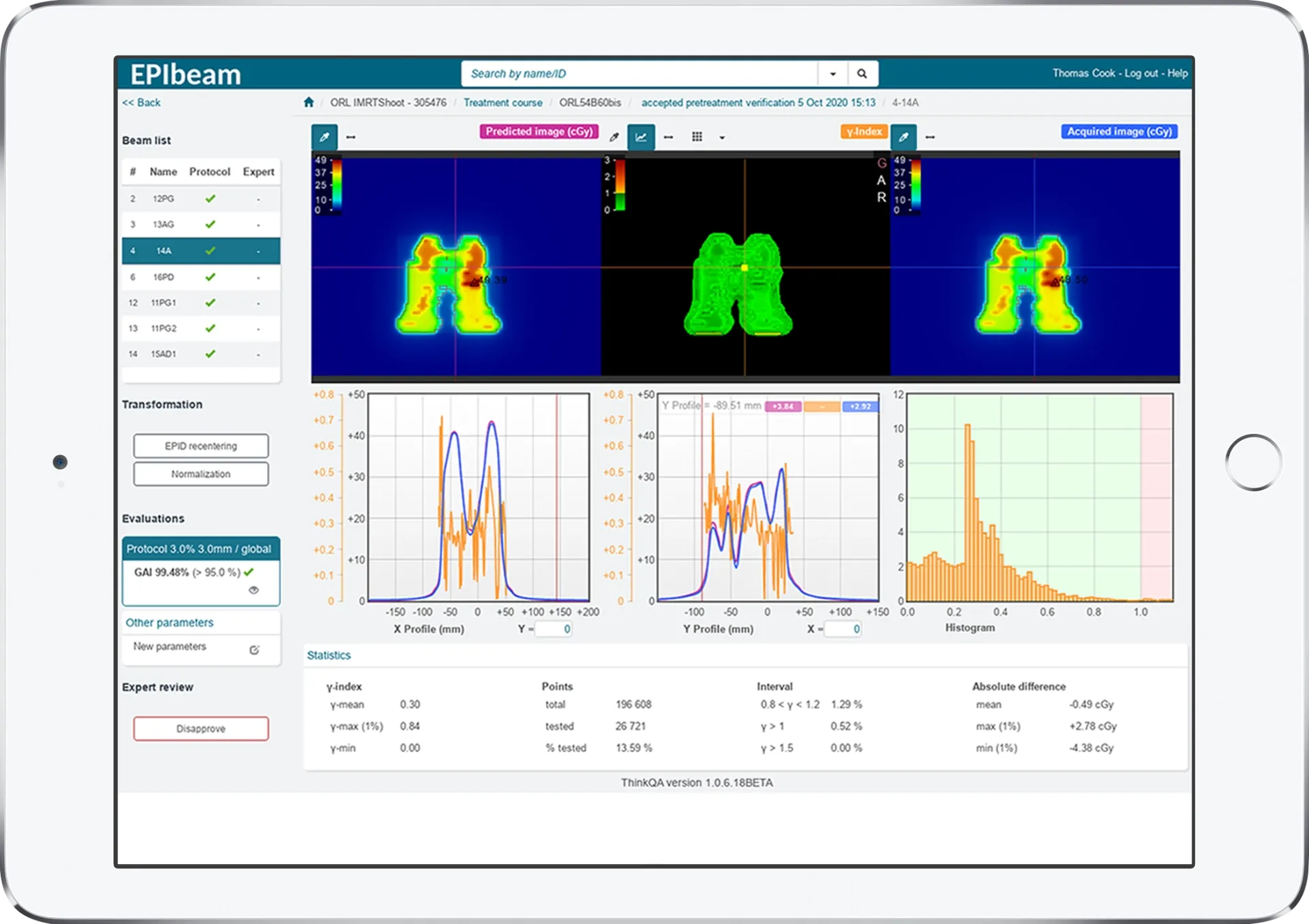
“Subsequently, one of our seven medical physicists performs validation by the KIRAMS protocol,” Dr. Kim says. “It takes just 20 minutes to execute portal dosimetry for IMRT/VMAT cases using EPIbeam. There are no issues accomplishing all pre-treatment verification within working hours. In patient-specific QA using the software, we’re satisfied with our treatment accuracy of at least 97 percent for all cases of step-and-shoot IMRT, VMAT and SBRT/SRS treatments.
“In addition, in Elekta Infinity-based SRS cases for brain, lung and spine indications, patient specific QA is performed routinely along with the Winston-Lutz test,” he adds.
Using EPIbeam has saved the department a considerable amount of time, Dr. Kim notes.
“By using EPIbeam for pre-treatment, patient-specific QA we are able to save one hour from the minimum of 30 minutes required just for physical phantom setup.”
“By using EPIbeam for pre-treatment, patient-specific QA we are able to save one hour from the minimum of 30 minutes required just for physical phantom setup,” he says. “This means that we can use the time saved to treat more patients. Therefore, based on 30 patients treated each day, all treatment and QA processes can be executed within working hours.”
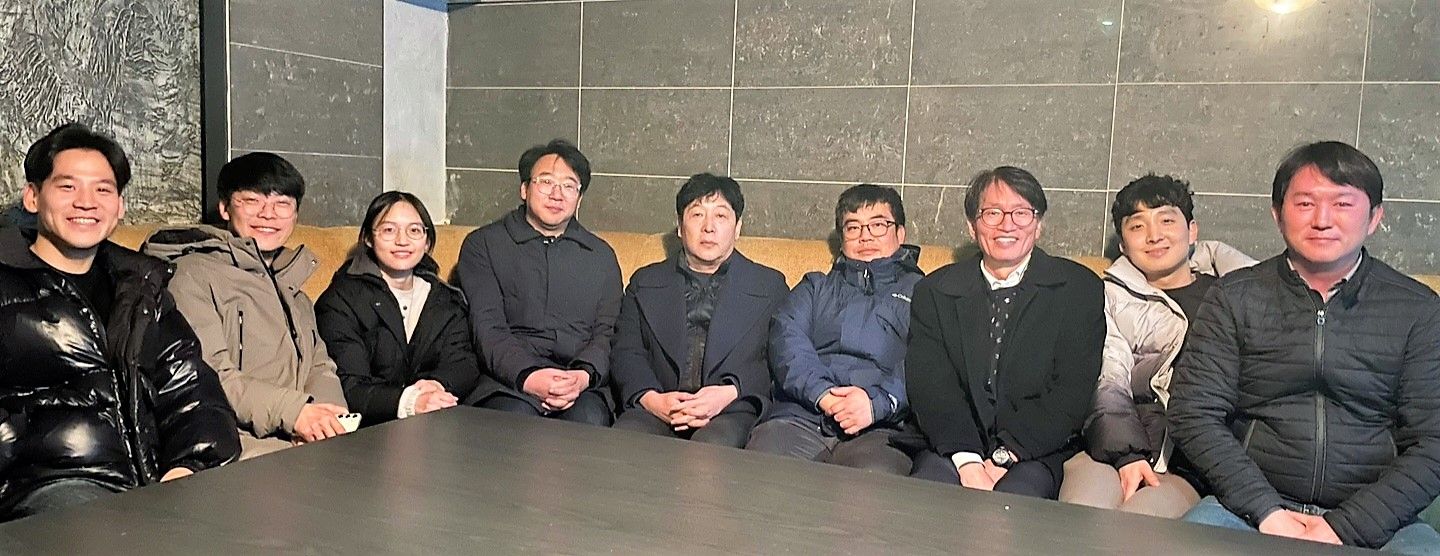
Beyond KIRAMS’ staff gaining a more streamlined QA workflow for patients treated on Elekta Infinity, patients themselves also benefit, according to Dr. Kim.
“Since we began using EPIbeam, we have been able to provide high-quality radiotherapy services to our patients,” he says. “That means we can make treatment plans more precise and apply them safely to patient care. In my opinion, EPIbeam should be a default option when purchasing Elekta linacs.”
Learn more about Elekta’s patient QA solutions.
*EPIbeam designed by DOSIsoft S.A. It is CE marked and FDA cleared. For other markets, contact your Elekta sales representative.
References
- Baek SH, Choi SH, Han MJ, et al. Clinical efficacy of an electronic portal imaging device versus a physical phantom tool for patient-specific quality assurance. Life (Basel). 2022 Nov 18;12(11):1923. doi: 10.3390/life12111923. PMID: 36431058; PMCID: PMC9694583.
LAROX230424

